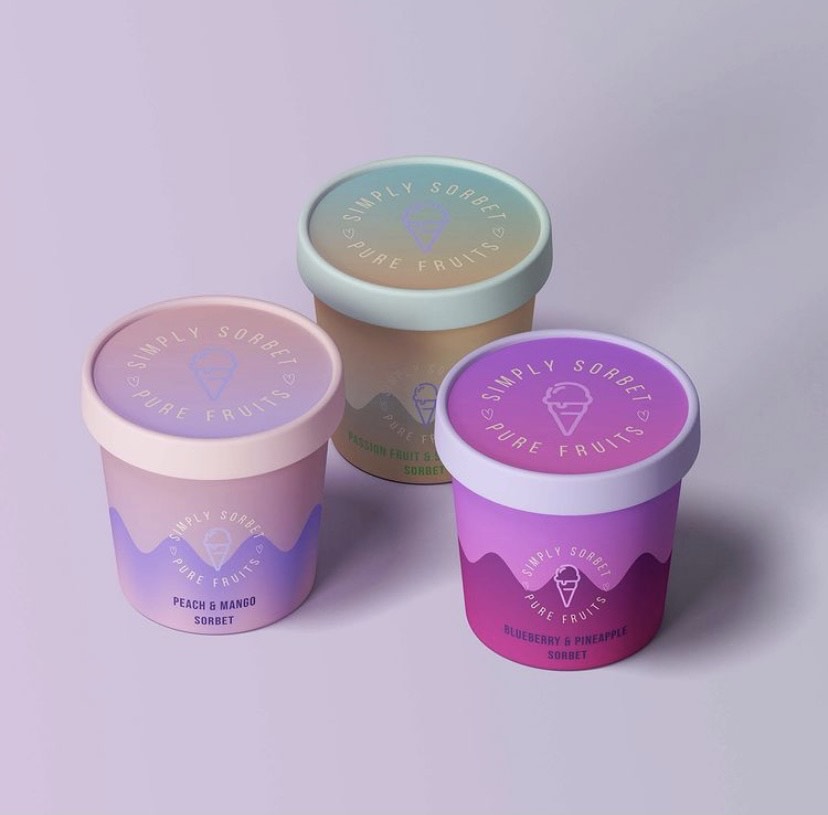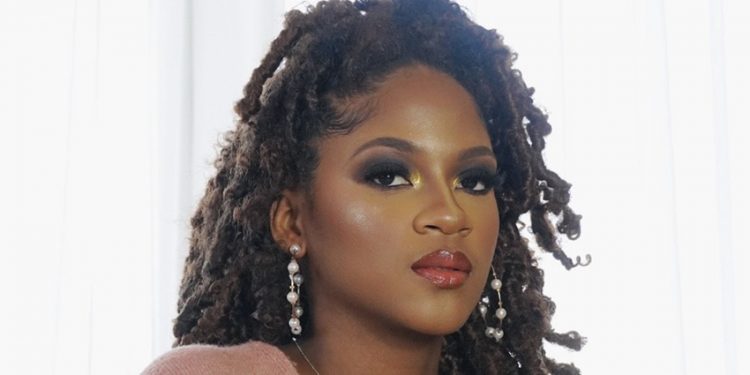The way Samara Maloney’s energy radiates in a room can be equally paralleled to the way her brand identity designs have captivated the hearts of upcoming Caribbean businesses. In addition to being an illustrator and graphic designer, Maloney spends copious amounts of time exploring the latest Caribbean trends in beauty, fashion, and lifestyle. She has earned the trust of many Trinidadian women, who now rely on Maloney’s product reviews to decide on their next esthetic purchases.
In 1938, sociologist Robert Merton developed a theory called the Strain Theory. His theory concluded that each individual responds differently to the pressures or ‘strains’ of life. He believed that an individual responded using either conformity, ritualism, retreatism, innovation or rebellion. In the case of Maloney, her innovation and rebellion are her go-to responses to the pressures of life, all evidenced in her creative entrepreneurship. Maloney effortlessly reconstructs the perception of a ‘college dropout’ and rebels against the notion that the only way to be successful is by matriculating through the rigid education system.

Despite being unable to finish studies at the University of South Florida, Maloney has leveraged her beauty and creativity to charter a unique path to success as a graphic designer, illustrator and as an influencer. It must not be forgotten that she is still a no-nonsense type of woman and it would be ill-advised of you to play games with her money! Beneath her delightful charm, there is a strong-willed defiance in Maloney’s spirit.
She is a woman who is unafraid of challenging the status quo and is fearless in the way she asserts herself to the public. The abundance of confidence and liberality that she exudes is reflective of a woman who has embraced herself, from her core to her breath-taking melanin skin. Just like everyone else, there was a necessary journey she took to arrive at her truths and heightened sense of self-awareness. Accepting her uniqueness as a creative and as a woman was an eventful process, but one which turned out to be incredibly fulfilling for her.

CARIB VOXX: At what stage did you start embracing design as a possible career path, and can you explain to us the difference between just being a regular graphic designer as opposed to being a brand identity designer?
Maloney: “After I had to stop school at USF at 19, I spent time trying to figure out what I wanted to do. I started coding courses online, thought I loved that…only liked it. Started designing apps, websites all while following YouTube tutorials. I started school in Trinidad in 2019 at the School of Business and Computer Science Global Learning Institute (SBCS) doing Computer Science. While I was doing courses there, I realized I only loved the class where we had to design websites.

So, I stopped going to school there and decided to just do design courses online. That’s when I realized design is the true aspect I loved, and more so packaging design, at age 22. Graphic design is a part of branding; it is combining text and pictures in ads, magazines, books, party promotions, etc. Branding goes a bit deeper into the understanding of the company and the aspects and processes behind it. Branding is essentially “how” a business is perceived by customers. A brand identity describes a company or a product line, or both, and then I design that aspect. My love is essentially for packaging and label design. I want to be the reason you walk in a store and buy a product – because of how attractive the packaging is.”
CARIB VOXX: Do you think the term “influencer” is overused, and in your estimation what qualifies you to be truly seen as an influencer ?
Maloney: “For sure, especially locally. We confuse ‘popularity’ with ‘influence’, but everyone is an influencer in their own right. When you post food that looks good and many people ask you where you got it, and they go out and buy it, you would’ve influenced that person to make that purchase. It happens very often without that person actually being “an influencer, someone who actively creates content.” To be truly seen as an influencer, you have to build community and trust with your audience, building your brand. Be that person that many people look to when they need a suggestion for a product. But, I tend to try to stay away from even calling myself an influencer because of the negative connotation behind it. I’m a digital content creator; and all in all, impact over influence. As Brittany Bright says, if you have an impact, you have influence; but you can have influence, but not a guaranteed impact.”

CARIB VOXX : Do you think the older generations of business leaders in Trinidad fully embrace the capacity of digital marketing ?
Maloney: “Surely not. I’ve had people say they’d like to work with me, but their boss hasn’t really grasped social media marketing and the influencer marketing aspect. Some older heads are sadly very stuck in their ways; some are trying to make the transition, which I can applaud and respect. There are lots of younger people who are ready and equipped with great ideas to help.”

CARIB VOXX: Do you think social media literacy and content development should be taught in schools for the upcoming generation of Caribbean youth ?
Maloney: “Definitely, but Gen Z is an extremely smart generation so a lot of them might end up teaching the teacher (ahahah!). But content development should surely be introduced into the school curriculum and the different aspects of it, because that’s the age we are in right now – the social media age, and we’ve grown past just the newspapers and the tv ads.”


